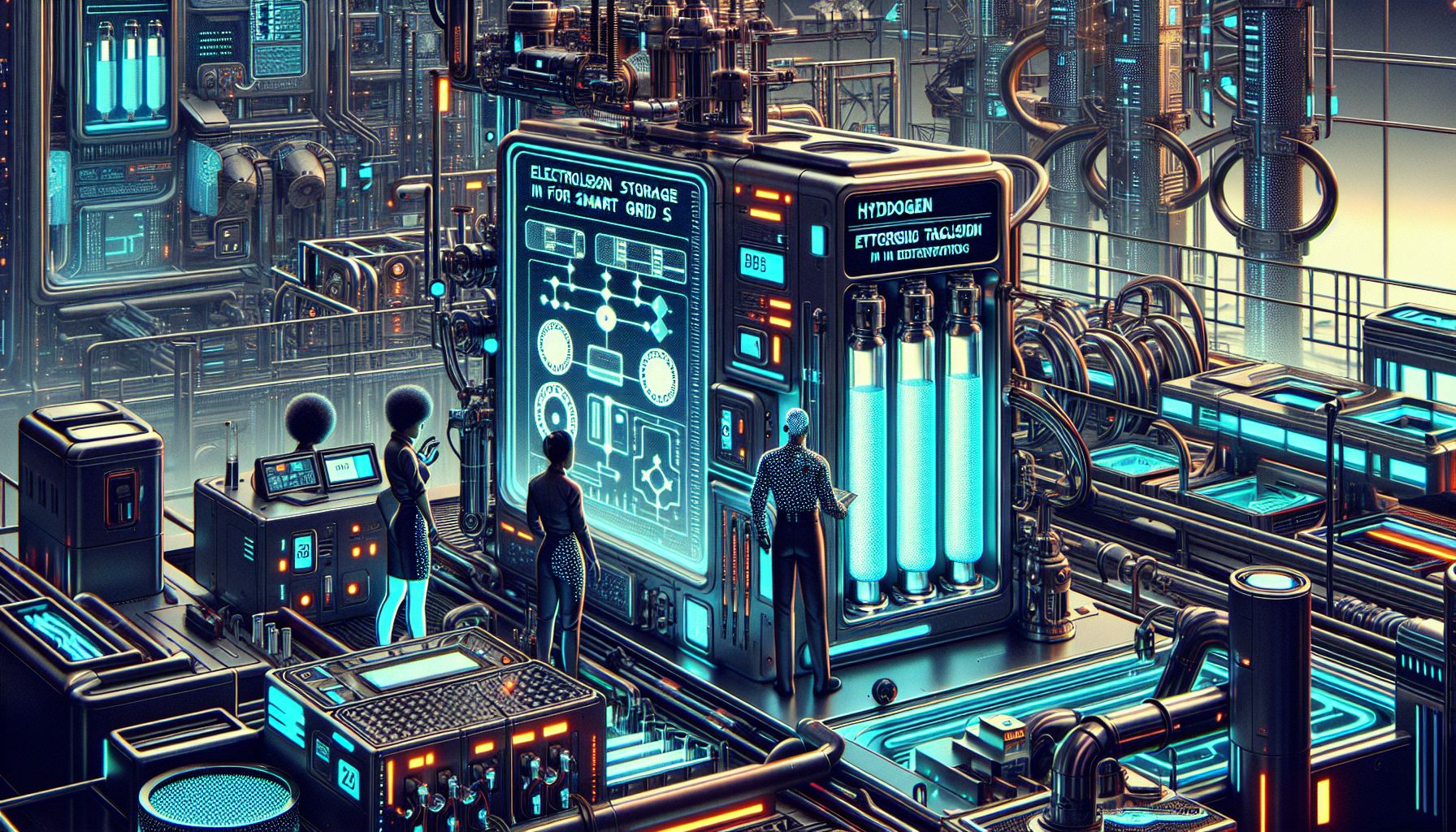Hydrogen Powers Up Smart Grids for a Cleaner Future

London, Monday, 2 June 2025.
Hydrogen’s role in smart grids, using electrolysis, storage, and fuel cells, offers major environmental benefits, aiming to improve storage and generation efficiency. It’s a leap towards a sustainable energy transition.
The Role of Hydrogen in Smart Grids
I recently came across an exciting development where hydrogen is making waves in the realm of smart grids. By integrating electrolysis units, hydrogen tanks, and fuel cells, we’re taking significant strides toward reducing carbon emissions and increasing the efficiency of electricity generation [1]. This transition reflects our growing commitment to sustainable practices, as it leverages hydrogen’s capability to store energy effectively. Smart grids using hydrogen can balance loads and provide backup during peak demands, enhancing grid reliability, which is crucial for our modern energy demands [1].
Hydrogen: The Answer to Environmental Concerns
Imagine a world where energy storage isn’t a headache. That’s what hydrogen offers. By storing excess renewable energy during low-demand periods using electrolysis, hydrogen can later be converted back to electricity through fuel cells when demand peaks [1]. This process not only strengthens energy security but also addresses pressing environmental concerns by minimising reliance on fossil fuels. In places like California, where energy storage needs are soaring, hydrogen could play a pivotal role in ensuring a sustainable and efficient energy transition [1].
Hydrogen and the Future of Energy Grids
Hydrogen’s integration into smart grid systems heralds a fresh approach to managing energy. By 2030, it’s expected that every second vehicle sold will be electric, further integrating hydrogen into combined energy systems with electric vehicles [2]. This trend towards the use of hydrogen storage and EVs within smart grids not only reduces the pressure during peak loads but also slashes energy costs significantly. Toyota’s hydrogen fuel cell vehicles are a testament to this promising future [2].